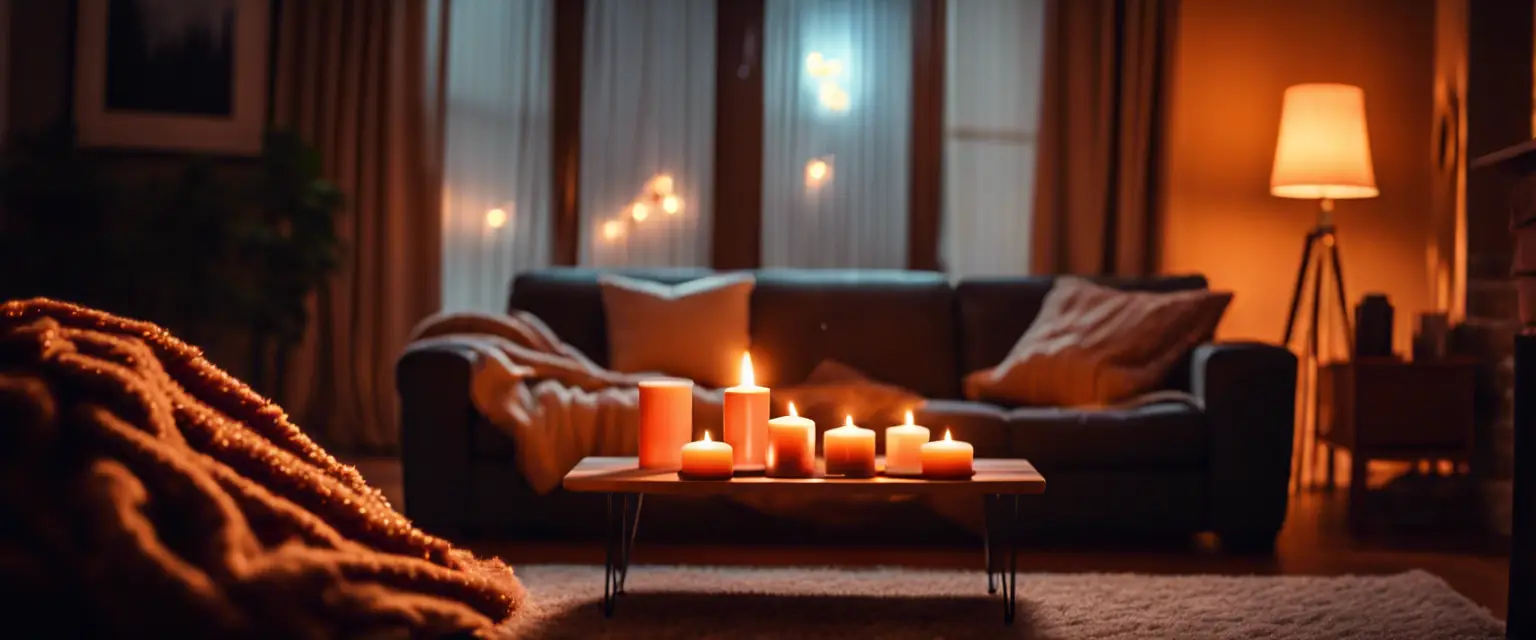Voltage is an important concept in the field of electricity, and understanding safe voltage is crucial for our safety.
In general, for alternating current (AC) with a frequency of 50 – 60Hz, the safe voltage for the human body is usually considered to be no more than 36 volts. This is because when the voltage exceeds this value, it may cause an electric shock to the human body, which can be harmful or even life – threatening.
When it comes to direct current (DC), the situation is a bit different. The generally recognized safe limit for DC voltage is no more than 120 volts. However, in special environments such as damp or confined spaces, the safe voltage limits are much lower. For example, in very humid environments, the safe DC voltage may be as low as 24 volts or even 12 volts.
The reason for these different safe voltage values lies in how electricity affects the human body. The human body has a certain resistance. When the voltage applied across the body is too high, a significant current will flow through the body. This current can disrupt the normal functioning of the body’s nervous system, muscles, and other organs. For AC, the changing direction of the current periodically can have a more complex effect on the body’s nerve and muscle stimulation compared to DC.
In our daily life, we often encounter electrical devices. We should be aware of the voltage levels of these devices. For example, most of the low – voltage electrical appliances we use at home, like mobile phone chargers, usually operate within a safe voltage range. However, when dealing with electrical equipment in industrial settings or during electrical maintenance work, strict adherence to safety regulations regarding voltage is essential to prevent electric shock accidents.
In conclusion, whether it is AC or DC, knowing the safe voltage limits helps us protect ourselves from the potential dangers of electricity.

